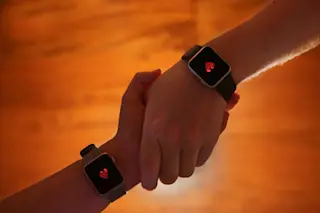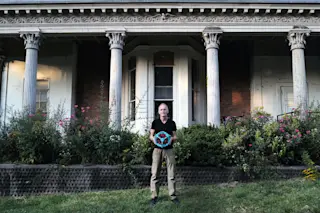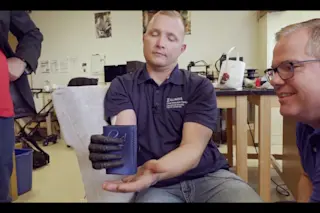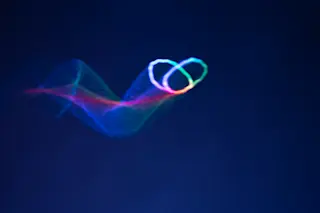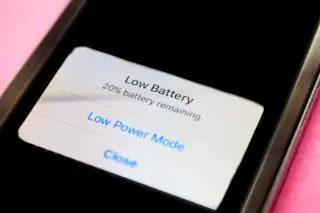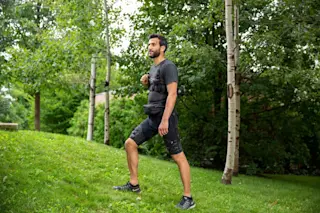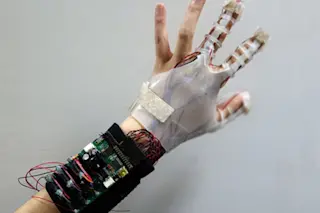"A Humvee is a toy compared to this," says Bran Ferren of his ultra-rugged MaxiMog base vehicle. From a distance it may look like a typical military vehicle, but in reality, the tops of the tires reach to a point as high as the average man's chest. Created for science, it becomes head-turning vehicular art when it ventures onto public roads: Drivers stop and stare, prompting what one project engineer terms a "mogjam."
A brutal midday sun bears down on Bran Ferren as he sips his third Diet Pepsi of the day, leans back, and squints at the Trona pinnacles, which shimmer in the Mojave Desert heat. He's already pinking up beneath a coat of SPF 50 sunscreen. He has had a small, bad, fast-food breakfast after a night with only three hours of sleep. A vicious wind blows grit in his face. So how does he feel? "Euphoric. This ...


